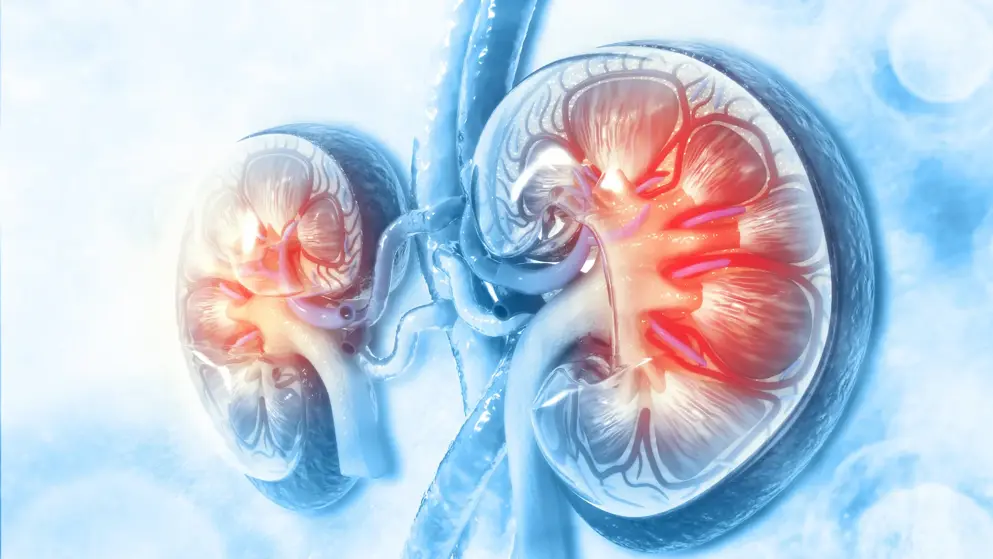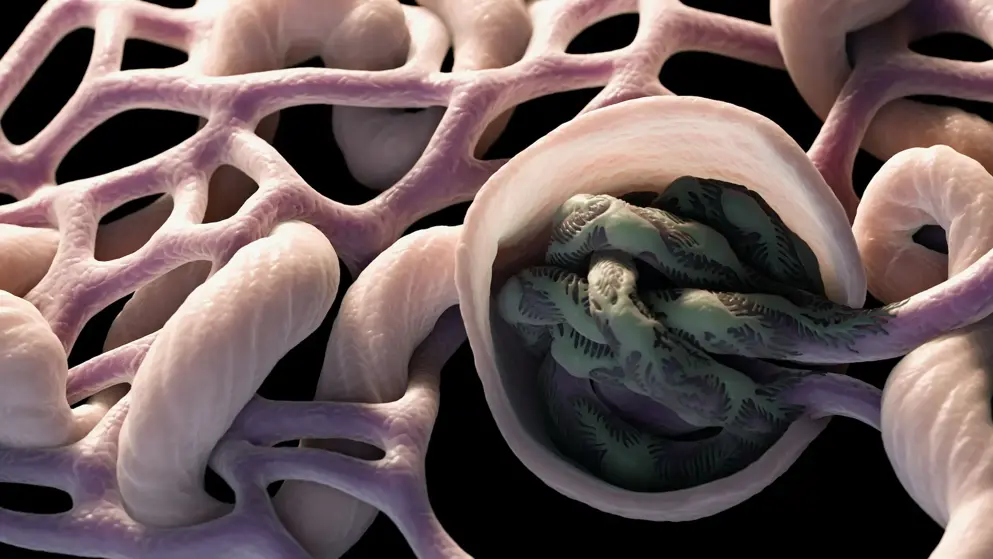Cardiovascular autonomic nervous system dysfunction in chronic kidney disease and end-stage kidney disease: disruption of the complementary forces
Cardiovascular autonomic nervous system dysfunction in chronic kidney disease and end-stage kidney disease: disruption of the complementary forces
Purpose of review: Several nontraditional risk factors have been the focus of research in an attempt to understand the disproportionately high cardiovascular morbidity and mortality in chronic kidney disease (CKD) and end-stage kidney disease (ESKD) populations. One such category of risk factors is cardiovascular autonomic dysfunction. Its true prevalence in the CKD/ESKD population is unknown but existing evidence suggests it is common. Due to lack of standardized diagnostic and treatment options, this condition remains undiagnosed and untreated in many patients. In this review, we discuss current evidence pointing toward the role of autonomic nervous system (ANS) dysfunction in CKD, building off of crucial historical evidence and thereby highlighting the areas in need for future research interest.
Recent findings: There are several key mediators and pathways leading to cardiovascular autonomic dysfunction in CKD and ESKD. We review studies exploring the mechanisms involved and discuss the current measurement tools and indices to evaluate the ANS and their pitfalls. There is a strong line of evidence establishing the temporal sequence of worsening autonomic function and kidney function and vice versa. Evidence linking ANS dysfunction and arrhythmia, sudden cardiac death, intradialytic hypotension, heart failure and hypertension are discussed.
Summary: There is a need for early recognition and referral of CKD and ESKD patients suspected of cardiovascular ANS dysfunction to prevent the downstream effects described in this review.There are many unknowns in this area and a clear need for further research.
Read abstract on library site Access full article
Featured Learning Zones
You may be interested in...
The 2023 update of the German Society of Neurology’s guideline on Parkinson’s disease (PD) provides detailed recommendations on the use of transcranial brain parenchyma sonography (TCS) for early and differential diagnosis. This update addresses previously unspecified diagnostic criteria and investigator qualifications, offering a robust framework based on a systematic literature review.




